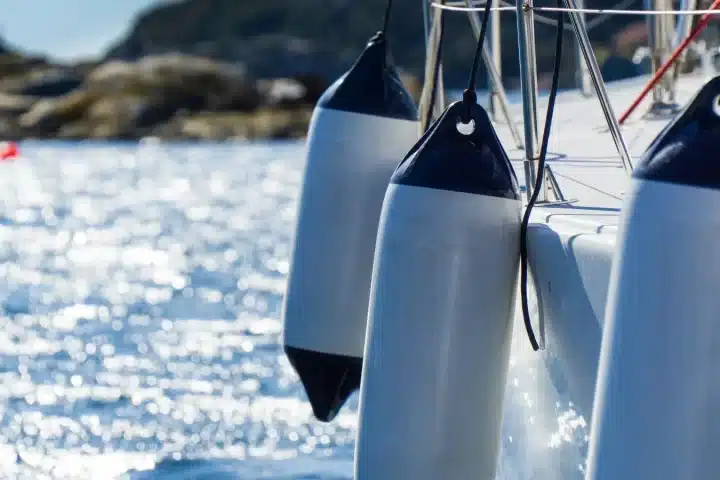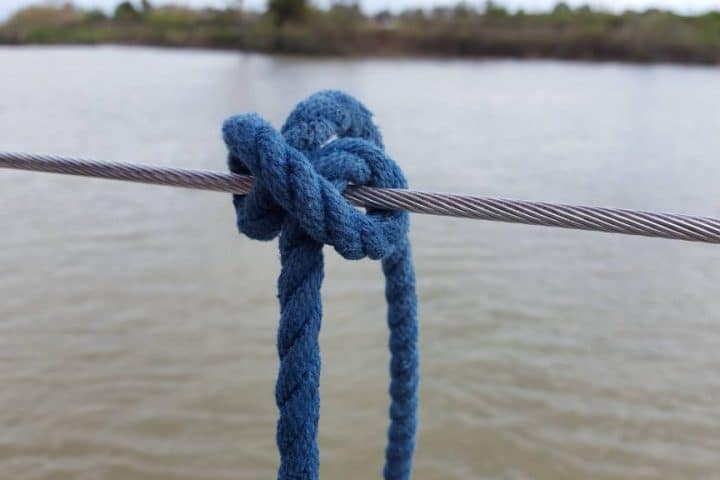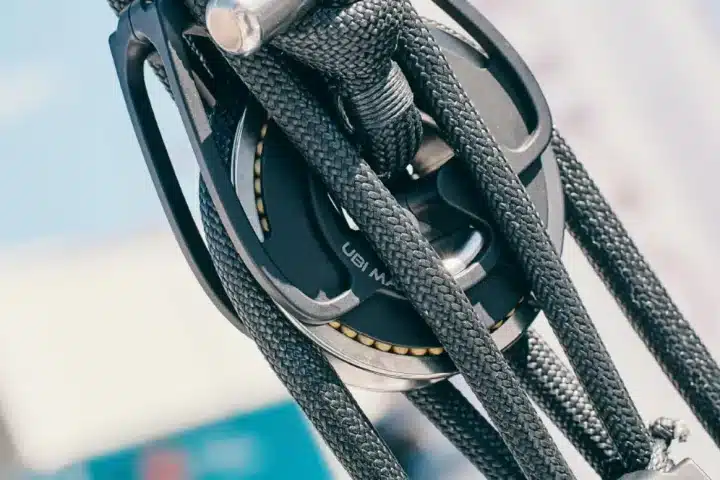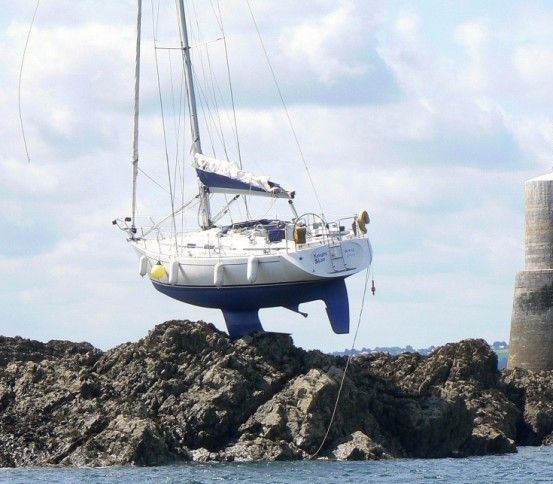Leggi l’articolo in italiano
The boat suddenly swerves windward, it bears away, the speed increases and the boat swerves more and more. Within a few seconds, an involuntary swerve, the boom wipes the deck out and, if it hasn’t hit anybody, it causes damages with all its weight. Meanwhile, the boat traverses to the sea and the wind, the sails stay under pressure, the spinnaker is filled of air and it holds the boat pressed on the sea, with the spinnaker pole in the water pressing on the shrouds. The tightness of the mast is in danger.
Those who have lived a situation like this will not forget it easily. Bearing away is the worse sister of broach. In both cases, you lose the command of your boat. While with broach, we talked about this last month, the greatest risk is that someone falls in water while the boat stops with its bow to the wind, the second situation is more violent and the possibility of serious damages is more concrete.
But let’s try to understand the reasons. First of all, let’s fix two essential concepts: bearing away, in 99% of cases, is probable when you sail downwind and it is not caused by a gust but by the windward swerve of the boat. A gust can contribute to swerve the boat but it is the wave motion, probably associated with the helmsman’s low concentration, which causes the windward swerve and the consequent loss of the boat command.Without bringing theorems and fluid theory into our digression, we can say that our boat, plunged into the water, advances by keeping its balance if it is starboard. The water splits on the bow and it rejoins itself in the stern by flowing along the two sides with the same speed. But then, it lists and it must travel more and faster along the side plunged into the water to join that one flowing on the other side. The result is a depression which sucks this side of the boat in, by producing a rotation.
This is the point of no return. This windward swerve can be easily caused by the wave motion or – don’t forget we are running free otherwise the risk of bearing away doesn’t exist – by a wind blow on the other tacks caused by a jump or a helmsman’s mistake.
So what can we do? First of all, we must avoid any condition of risk. If the wind is fresh, we must haul the wind by absolutely avoiding the stern and renouncing to the spinnaker. This way, we have removed many ingredients.
If this precaution means a longer way to do, we realize that these “sacrifices” are necessary. The helmsman and the crew’s experience and sensibility have a central role in these cases.
This is the classical situation where you must feel your boat “with your backside”. The helmsman should perceive the wind and the waves physically by keeping the balance between the hauling tendency of the mainsail and the bearing one of the boat when it swerves windward.
Even if you are sailing, you must avoid to sail with a completely square spi, that is with the spinnaker pole entirely open towards the stern. Finally, all loads must be accurately in order to maintain the boat as flat as possible.
But, if despite your experience and sensibility, the situation gets out of your hands, the helmsman must haul the wind. Perhaps he will not obtain a great result but this is the only thing to do.
The mainsail must be checked, the spinnaker’s arm released and the spi halyard slipped out for few metres in order to decrease the bow sail.
The crew can move leeward by trying to balance the boat.
Probably, all these actions will not stop the bearing away but they will be certainly sufficient to escape from it, maybe, with few damages. So, don’t forget the three golden rules: you must sail between broad reach and abeam, reduce the sail and avoid to use spi and gennaker.










